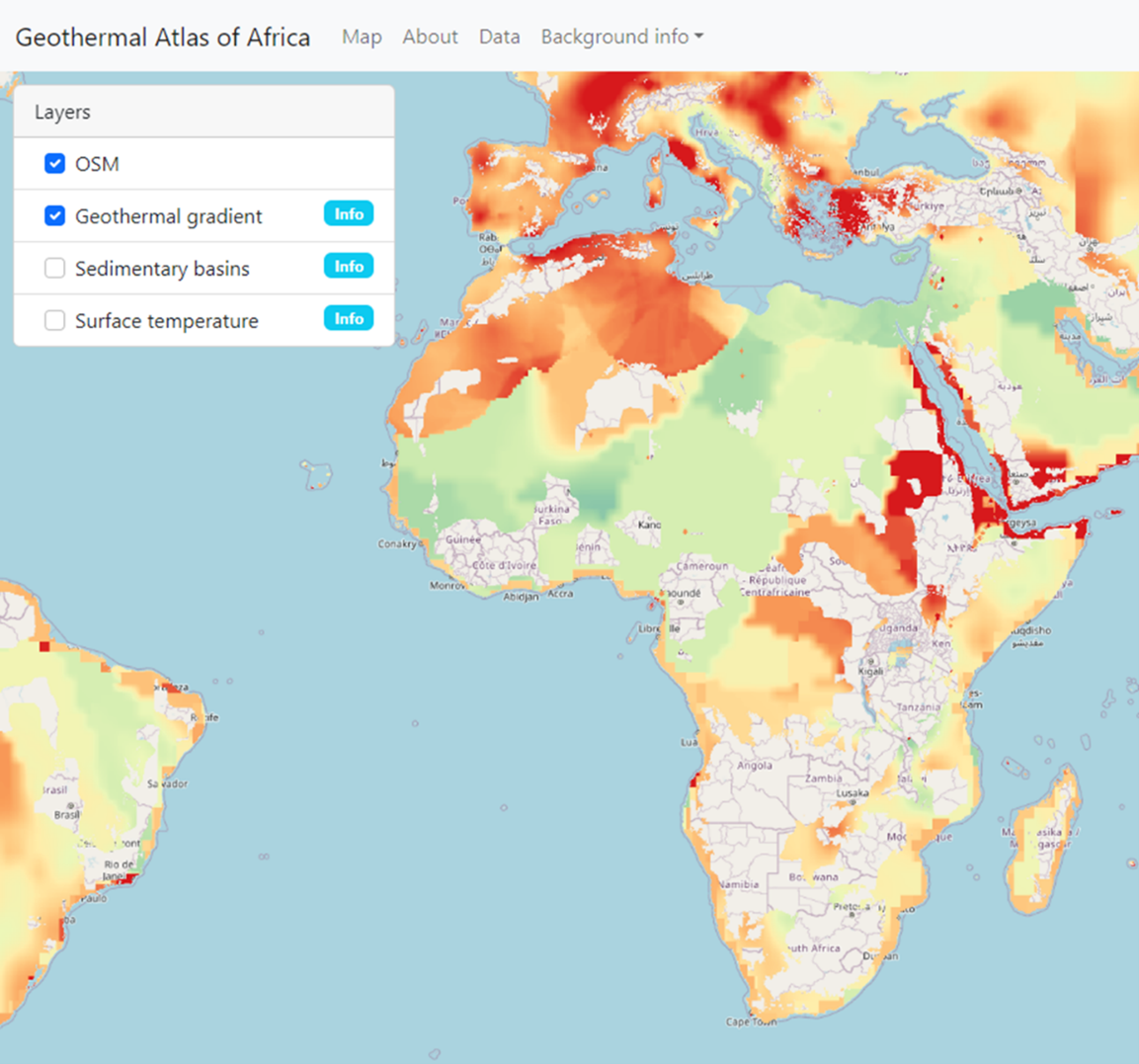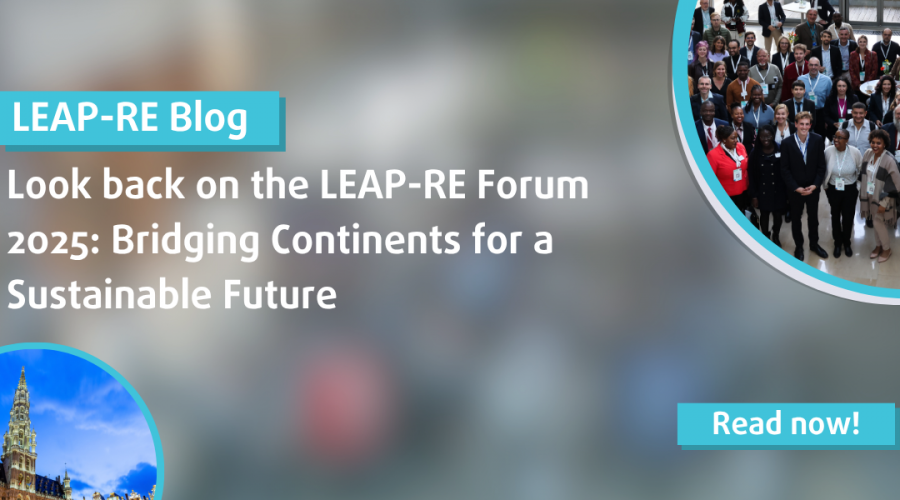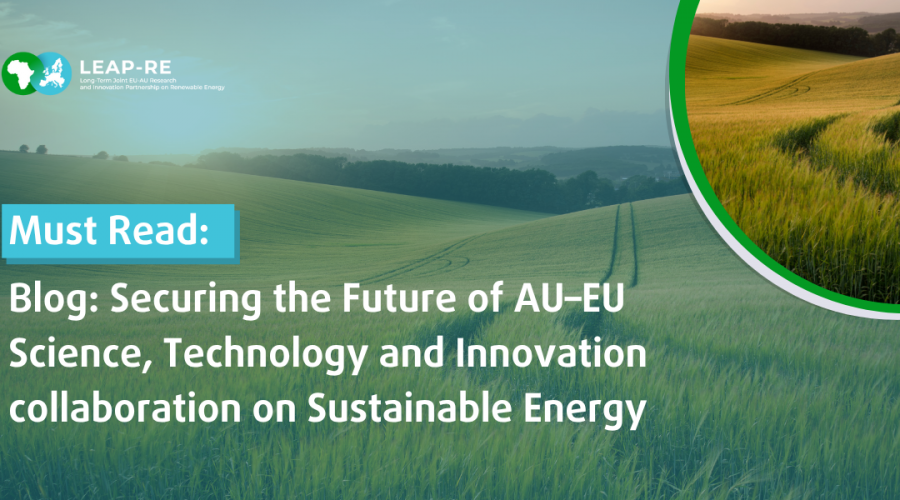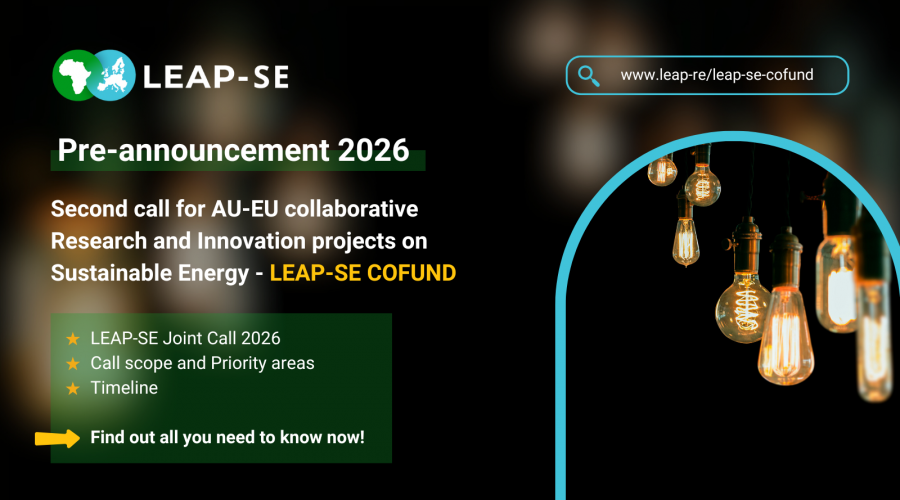To adress the objective to define the origin and location of low to high enthalpy geothermal resources for the development of African electricity production, plus a range of direct heat/cold use applications and water use, GEOTHERMAL ATLAS 4 AFRICA identified and gathered existing data .
Geoscientific data compilation and a first-order geothermal potential indicator analysis, with the emphasis on geothermal reservoir characteristics, have been performed successfully within GEOTHERMAL ATLAS FOR AFRICA. The current efforts focus on the compilation of 3D basin modelling related geoscientific information (Gravity, Magnetics, Lithology, Cross-sections) required for better constraining sediment thickness and aquifer geometry.
Porosity – depth relationships for each sedimentary basin (Figure 1) are being made in order to better account for decreasing porosities with depth (in the absence of measured data). From the porosity-depth relationships, porosity maps can be constructed. As permeability is a function of porosity, expected permeability maps (indicating reservoir potential) can be made from the porosity maps. It is expected that the regionally optimized porosity – depth trends will increase the quality of the reservoir potential maps. The data are published in a publicly available website featuring an online interactive map with supporting background information. The website is built on open-source technologies such as GeoServer, PostgreSQL and OpenLayers. It is still under active development and subject to change in the future. The architecture (Figure 2) and implementation facilitates low cost maintenance and user-friendly updates of map information in the atlas after the finalization of the project.
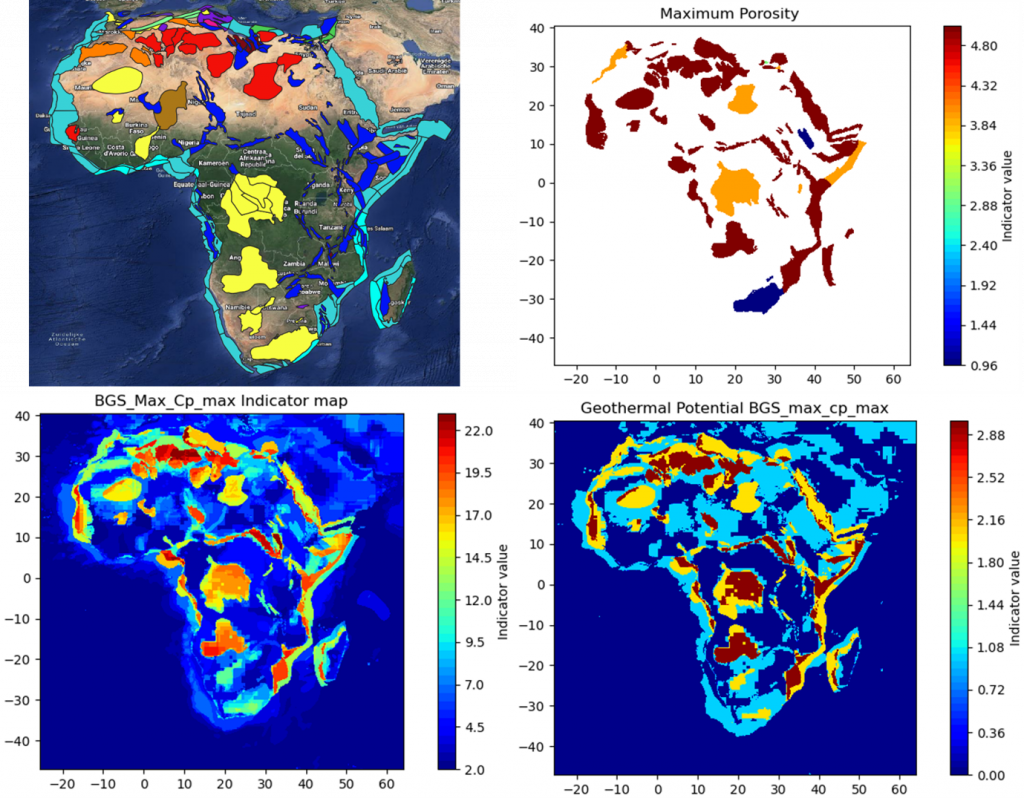
Figure 1: Overview figure showing results from the indicator analysis performed on the British Geological Survey (BGS) sedimentary basin shapefile. BGS shapefile, maximum porosity indicator, combined indicator map, geothermal potential map, from upper left to lower right, respectively.
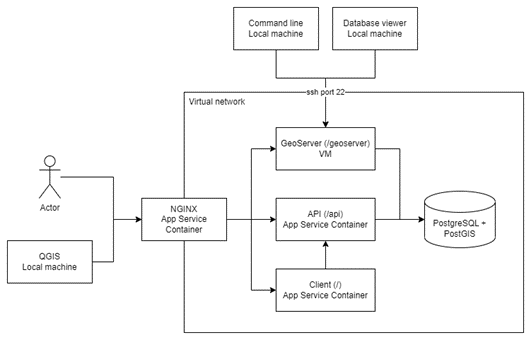
Figure 2: infrastructural architecture of the GAA
The evaluation of geothermal resources for direct and indirect use proceeds through parametric analyses with the aim of creating a tool that evaluates the electrical, heat, and cooling power obtainable from a geothermal resource. At present, the realization of metamodels quantifying the performance of power plants such as dry steam, single-double flash, and binary cycle ORC is under development (Figure 4). An in-depth study of direct applications has been carried out, in particular concerning high-temperature heat pumps for industrial heat and absorption cycles for refrigeration. Parametric analyses were carried out to identify suitable geothermal temperatures for various applications and fundamental cycle parameters. Future plans are to develop predictive metamodels for this type of application as well. Similarly, a Life Cycle Assessment model is being developed to assess the sustainability of these systems. Some parametric inventories have been developed for direct uses (heat pumps and absorption cycles), while power systems are still under development.
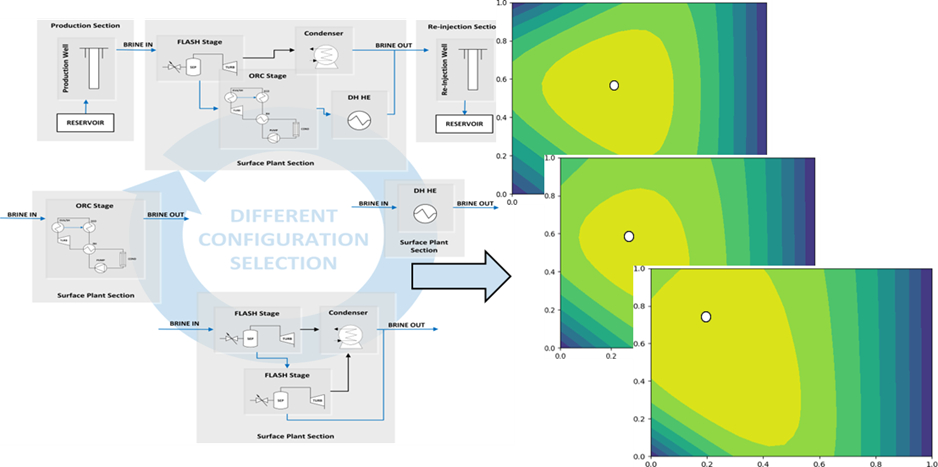
Figure 4: Development of metamodels for power geothermal plants optimization, thermoeconomic analysis and environmental impact assessment.
Socio-economic context analysis for the African countries
Lately, the most significant activities under the task were the Reconnaissance Report on Homa Hills field visit and Literature review on Socio-Economic context of geothermal energy in Africa, carried out in cooperation between UoN and SSSA. A framework was created to gather data from various tiers, namely Africa-wide, regional, geothermal countries, and in-country geothermal sites. Data sources identified were diverse including IRENA, UNEP and World Bank. Data collection tools so far have been prepared to include guides for Key Informant Interviews (KII) to collect data from expert opinions; Focus Group Discussions (FGDs) guide to target community groups opinion and survey guide for structured interviews, focusing on household energy users in geothermal countries. In the literature covering Socio-Economic context of geothermal energy in Africa, it is observed that African continent is home to one of the youngest and fastest-growing populations: access to clean, affordable, and secure modern energy services has failed to keep up with the expanding needs of the African continent. To achieve its energy and climate change goals, it is imperative that Africa doubles at least by twice its energy investment within the decade. To the present, national resource assessments for one or more renewable energy sources have been conducted in over half of the African nations, but there are still ongoing geothermal assessments in several nations.
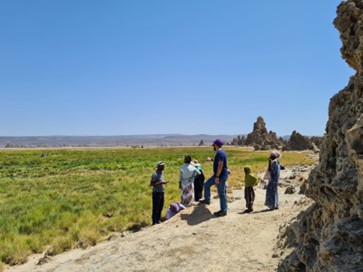
Field trip in Djibouti
Capacity Building and Transfer Knowledge
- The ENERGY RESchool organized in the framework of the LEAP_RE Stakeholder Forum and developed with the support of the Capacity Building Cluster (co-lead by Fraunhofer IEG) was held in Pretoria in October and the UNIFI developed a moduleon Energy modeling Geothermal.
- Lectures on geothermal energy and its applications were given at DeKUT
- The LEAP-RE-GAA sponsored two students from DeKUT to attend the 3-day Kenya Geothermal Conference in Nairobi, July 2022.
- BRGM participated to the 9th African Rift Geothermal Conference (ARGeo-C9), at Djibouti, in the Republic of Djibouti, November 4 to 6, 2022. Two abstracts, papers and oral presentations were carried out about:
- Auxiliary chemical geothermometers applied to waters from some East African Rift geothermal areas (Djibouti, Ethiopia, and Kenya) for geothermal exploration.
- “Exploration of the deep geothermal potential of Petite-Terre Island in Mayotte.
Moreover, the conference was the opportunity for networking and increase contacts with African and European partners in the field of African geothermal energy, especially from East Africa (Djibouti, Kenya, Ethiopia,…).
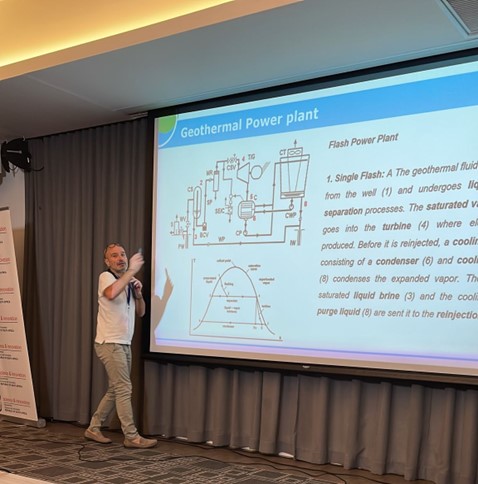
RESchool: Energy Modeling Geothermal (Prof. Daniele Fiaschi, UNIFI)

